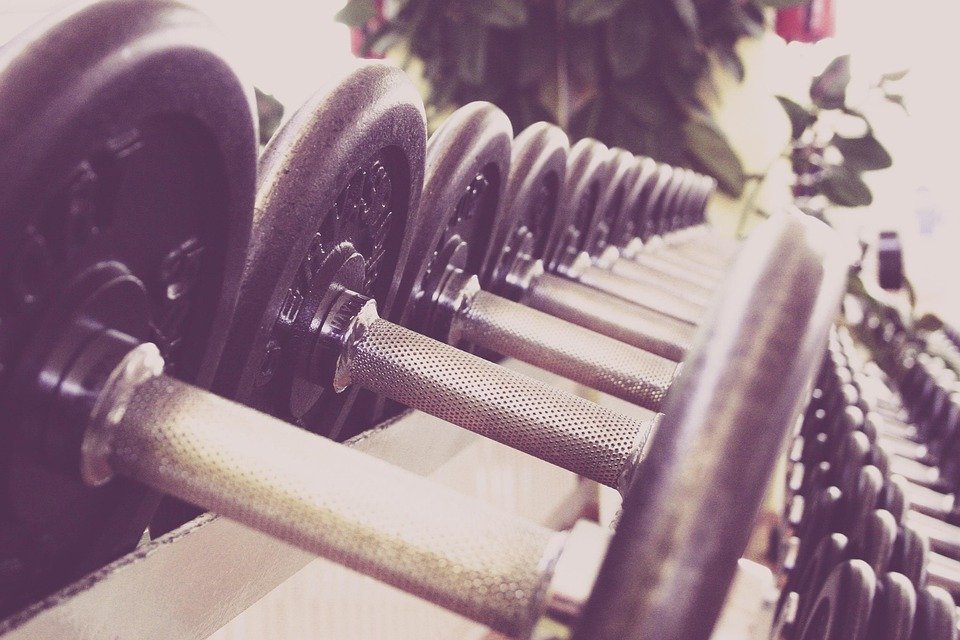[ad_1]
Fast-Track Your Recovery: The Latest Techniques in Sports Science
In the competitive world of athletics, recovery is just as crucial as training. Pushing your limits is essential for progress, but without proper recovery, performance plateaus and injuries can derail your progress. Fortunately, sports science has made groundbreaking advancements in recovery techniques, helping athletes bounce back faster and stronger than ever.
1. Cryotherapy: The Power of Extreme Cold
Whole-body cryotherapy (WBC) involves brief exposure to temperatures as low as -200°F (-130°C) to reduce inflammation, muscle soreness, and oxidative stress. Studies suggest that WBC can accelerate recovery by enhancing blood circulation and reducing delayed onset muscle soreness (DOMS). Many elite athletes, including LeBron James and Cristiano Ronaldo, swear by cryotherapy for rapid recovery.
2. Compression Therapy: Enhanced Blood Flow
Dynamic compression garments and pneumatic compression devices (like NormaTec boots) use intermittent pressure to stimulate lymphatic drainage and improve circulation. This helps flush out metabolic waste (like lactic acid) while delivering oxygen-rich blood to fatigued muscles. Research shows that compression therapy can significantly reduce recovery time between intense workouts.
3. Hyperbaric Oxygen Therapy (HBOT): Oxygen for Healing
HBOT involves breathing pure oxygen in a pressurized chamber, which increases oxygen saturation in the blood and tissues. This accelerates healing by reducing inflammation, promoting tissue repair, and even aiding in concussion recovery. NFL players and MMA fighters frequently use HBOT to recover from injuries and intense training sessions.
4. Red Light Therapy (Photobiomodulation)
Red and near-infrared light therapy uses low-level lasers or LEDs to penetrate deep into tissues, stimulating mitochondrial function and boosting ATP production. This enhances cellular repair, reduces inflammation, and speeds up muscle recovery. Studies have shown that red light therapy can improve muscle performance and reduce post-exercise fatigue.
5. Nutritional Recovery: The Role of Smart Supplementation
Recovery isn’t just about external treatments—nutrition plays a massive role. Emerging research highlights the benefits of:
- Tart cherry juice (rich in antioxidants to reduce inflammation)
- Collagen peptides (for tendon and ligament repair)
- Electrolyte optimization (to prevent dehydration and cramping)
- CBD and turmeric (natural anti-inflammatory agents)
6. Neuromuscular Electrical Stimulation (NMES)
NMES devices (like Compex) send electrical impulses to muscles, mimicking natural contractions. This helps prevent muscle atrophy during downtime, improves blood flow, and reduces soreness. Many athletes use NMES as an active recovery tool between training sessions.
7. Sleep Optimization: The Ultimate Recovery Tool
No recovery method is more powerful than sleep. Cutting-edge sleep tracking technology (like WHOOP and Oura Ring) helps athletes monitor sleep stages, heart rate variability (HRV), and recovery readiness. Strategies like temperature-controlled sleep environments, blue light blocking, and sleep supplements (magnesium, glycine) are becoming mainstream for elite performers.
Conclusion
Recovery is no longer an afterthought—it’s a science. By integrating these advanced techniques, athletes can train harder, recover faster, and perform at their peak. Whether you’re a professional or a weekend warrior, leveraging the latest sports science can help you stay injury-free and reach your goals quicker than ever.
Recover smarter, train harder, and dominate your sport!
Would you like a deeper dive into any of these techniques? Let us know in the comments!
[ad_2]






